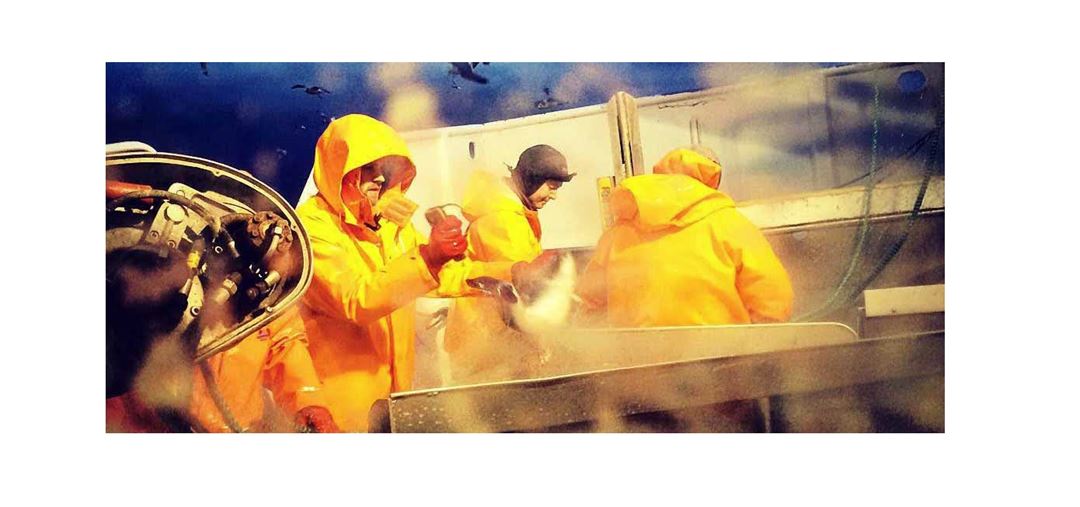Four students at NTNU Department of Mechanical and Industrial Engineering have in 2017-2018 worked with production planning and how improved information flow can support critical decisions. The production planning in terms of mathematical modelling has been addressed by Nicolaas Yelte Serle Kikke, Mats Myhrvold Bjerke and Henrik Raaken Bykvist. An operational research approach is taken where available raw materials, production costs and selling prices are the main factors influencing the optimal product mix. To cope with uncertainty related to this various stochastic programming models have been developed. This year students have only considered "upstream" uncertainty, that is uncertainty regarding catch, quality and deterioration rates. The plan for the next year students is also to address downstream uncertainty, that is uncertainty regarding demands and prices.
A robust production plan taking uncertainty into account is beneficial.
Production planning methods based on classical linear programming assume all uncertain variables are fixed, and usually expected values are used. Planning with expected values could be a very costly strategy. For example, if an actual catch is much less than expected and planned for, a recourse action such as paying penalty to the customers might be much more costly than making a more robust production plan taking uncertainty into account.
Several case studies have been conducted to investigate the expected value of taking uncertainty explicitly into account in the production planning models, that is applying stochastic programming. The results show a significant economic gain depending on model assumptions. A challenge in stochastic programming is to limit the number of uncertainty scenarios to work with. Therefore, an investigation has been conducted to see the additional gain by more scenarios. Some illustrative findings are shown below:
| Assumption | Expected profit per day (NOKs) | Gain (%) |
| Deterministic model | 40 | |
| Stochastic model with 3 scenarios | 68 | 70% |
| Stochastic model with 5 scenarios | 72 | 79% |
| Stochastic model with 7 scenarios | 85 | 113% |
| Stochastic model with 9 scenarios | 86 | 116% |
This demonstrates the importance of formally taking uncertainty into account in the production planning. The number of scenarios also plays an important role.
Reduce uncertainty
A next step is to investigate how uncertainty can be reduced, and how information systems can help reducing uncertainties. Therefore a (linear regression) prediction model for the catch has been developed. Various factors such as vessel and weather have been used to explain the variation in the catch by the influencing factors. In addition to classical statistical methods machine learning methods have shown good results.
The mathematical models form a theoretical and scientific basis for the operational planners.
For practical purposes it is important to "wrap" these models into computerized decision support tools. Therefore, the forth student, Ørjan Frantzen, has developed a proto-type for such a tool. Important steps to ensure the relevance of the various modules have been to map and analyse the current production planning practices. A two-day site visit to one of Lerøy Norway Seafood's facilities was conducted to map current production planning practices and processes and identify challenges and improvement opportunities.

